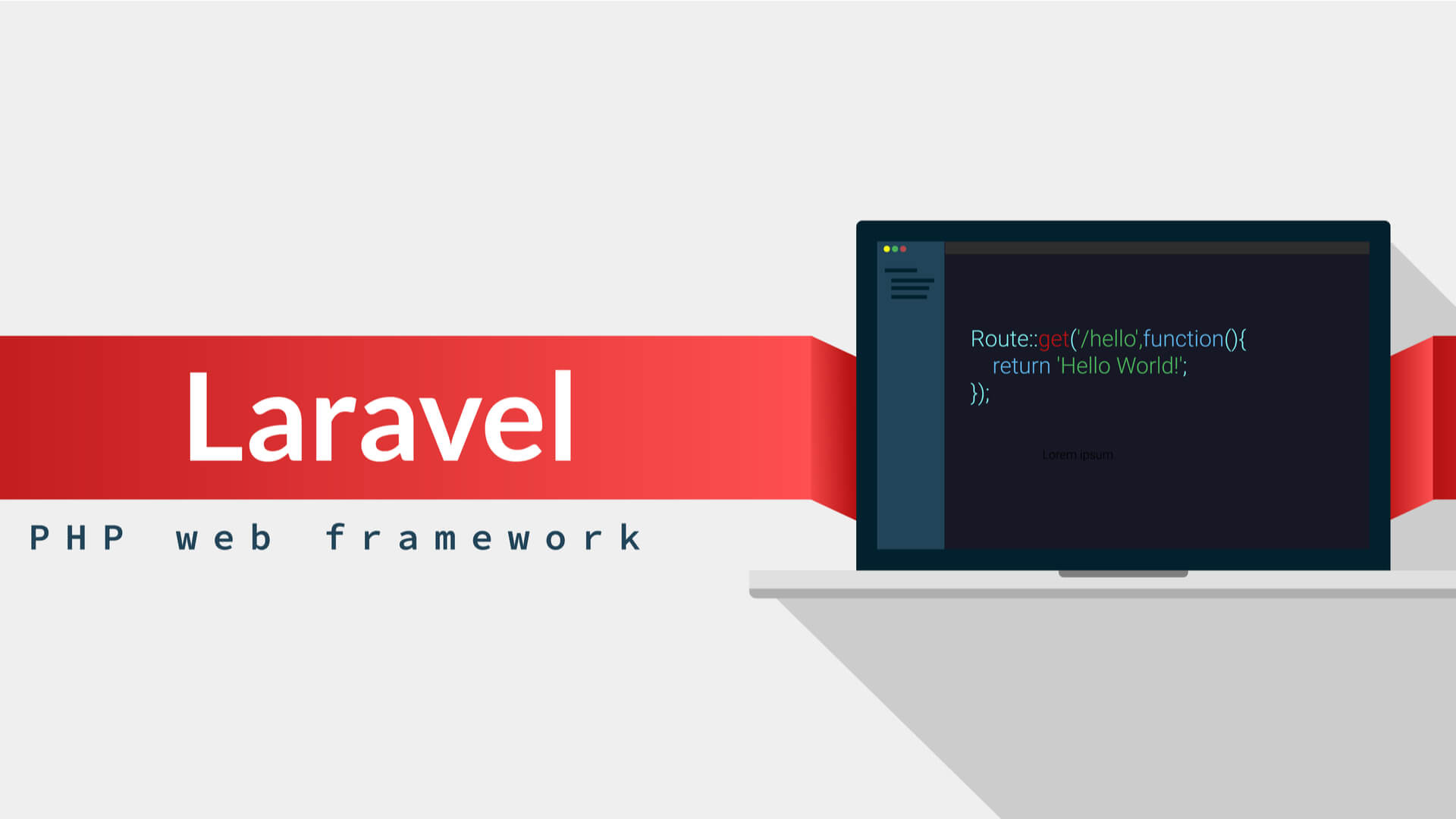What is Laravel?
Laravel is an open source PHP web framework developed and
maintained by Taylor Otwell as an attempt to provide a more advanced
alternative to the CodeIgniter framework. Its architectural patterns are
majorly based on Symfony.
This framework gained more popularity after the release of
version 3, which included features like Command Line Interface called Artisan,
Support for the Database system and migrations. It also introduced a packaging
system called bundles.
1. MVC Support and Object-Oriented Approach
The first and best advantage of using the Laravel framework
is that it follows - Model, View, and Controller-based architectural pattern
and it has an expressive beautiful syntax which makes it object-oriented.
2. Built-In Authentication and Authorization
Laravel provides an out-of-the-box configuration for the
Authentication and Authorization system. That is, in just a few artisan
commands your application will be equipped with secure Authentication and
Authorization.
3. Packaging System
A packaging system deals with the multiple support software
or libraries that help the web application to automate the process. Laravel
uses a composer as a dependency manager, which manages all the information
needed to manage packages.
4.Multiple File System
Laravel also has a built-in support for the cloud storage
system such as Amazon S3 and Rack space Cloud Storage and of course for local
storage. It's amazingly simple to switch between these storage options as the
API remains the same for each system.
5. Artisan Console
Laravel has its own command line interface called as
Artisan. Common uses of Artisan include publishing package assets, managing
database migrations, seeding and generating boilerplate code for new
controllers, models, and migrations.
6. Eloquent ORM
The Eloquent ORM is Laravel's built-in ORM implementation.
Laravel has the best Object-relational Mapper as compared to the other
frameworks out there.
7. Templating engine
Laravel comes with the inbuilt template engine known as
Blade Template Engine. Blade templating engine combines one or more templates
with a data model to produce resulting views, doing that by transpiring the
templates into cached PHP code for improved performance.
8.Task Scheduling
Scheduler, introduced in Laravel 5.0, is an addition to the
Artisan command-line utility that allows programmatic scheduling of
periodically executed tasks.
9. Events and Broadcasting
Laravel has a concept named broadcasting which is useful in
the modern web application to implement real-time data, showing live feeds,etc.
10. Testing
When it comes to the testing of the application Laravel by
default provides the unit test for the application, which itself contains tests
that detect and prevent regressions in the framework.


Comments
Post a Comment